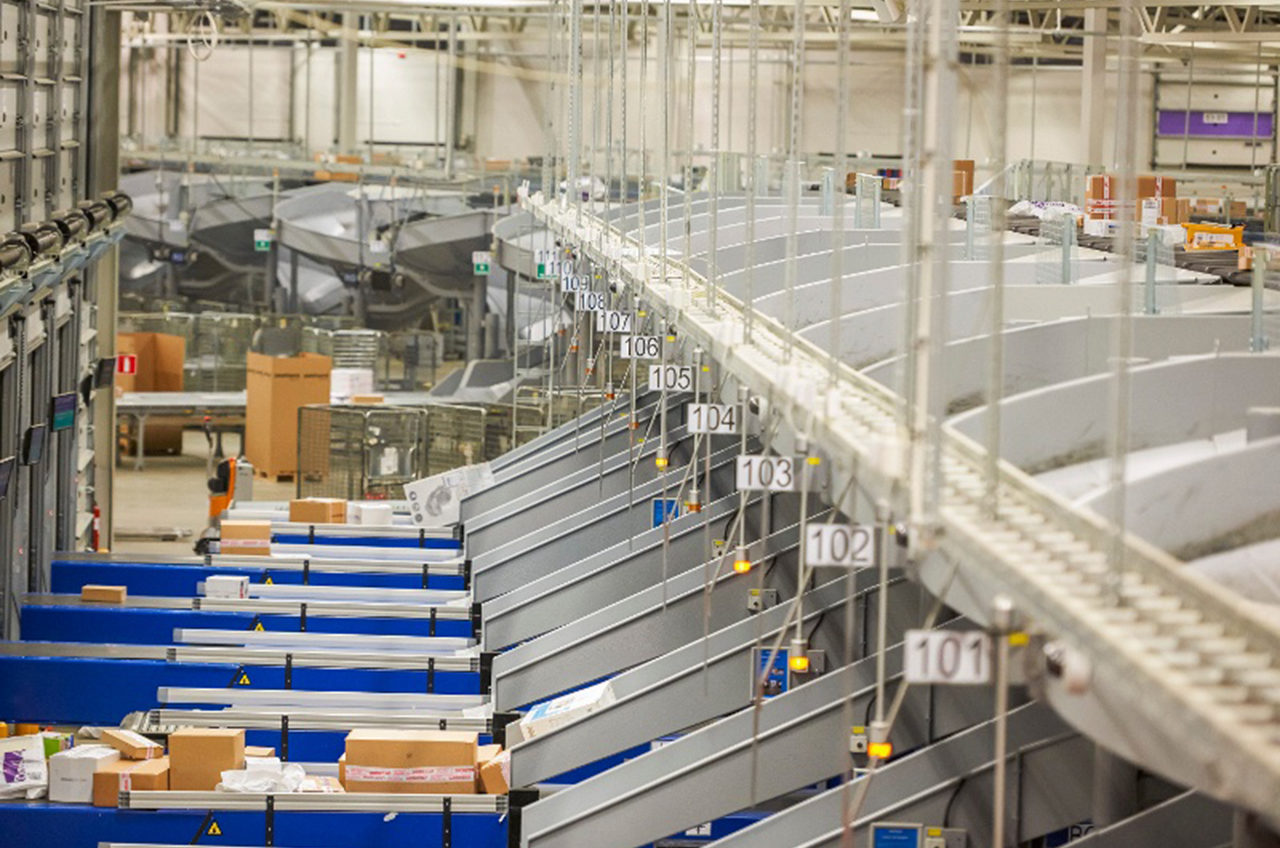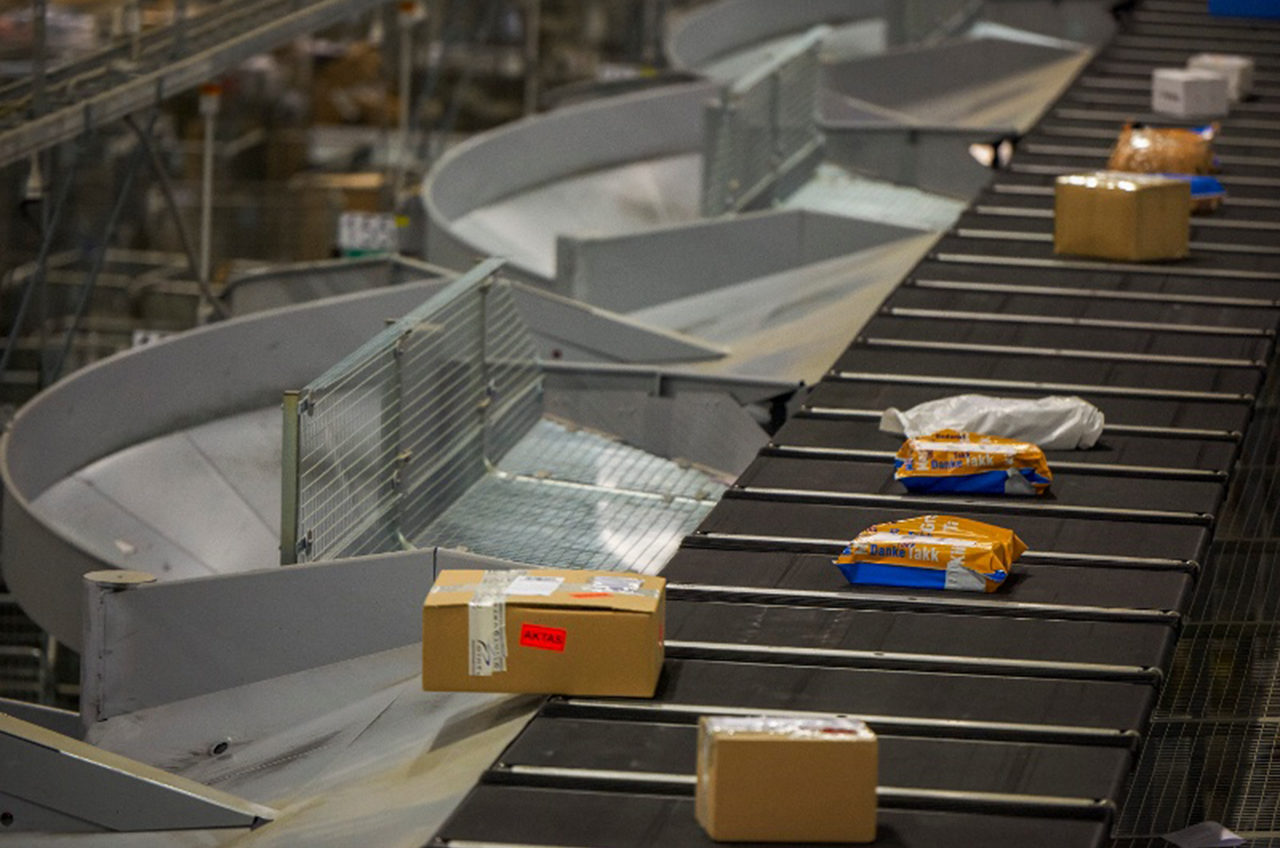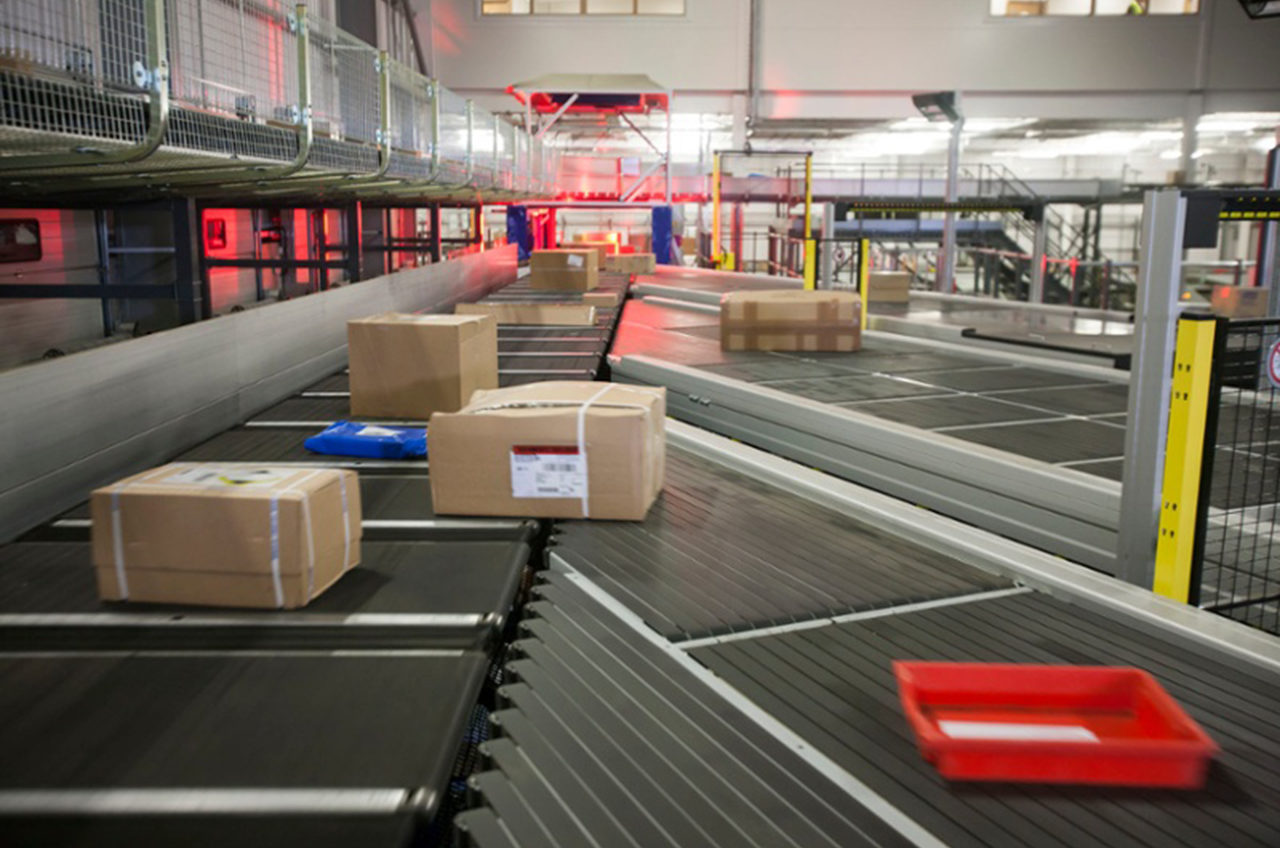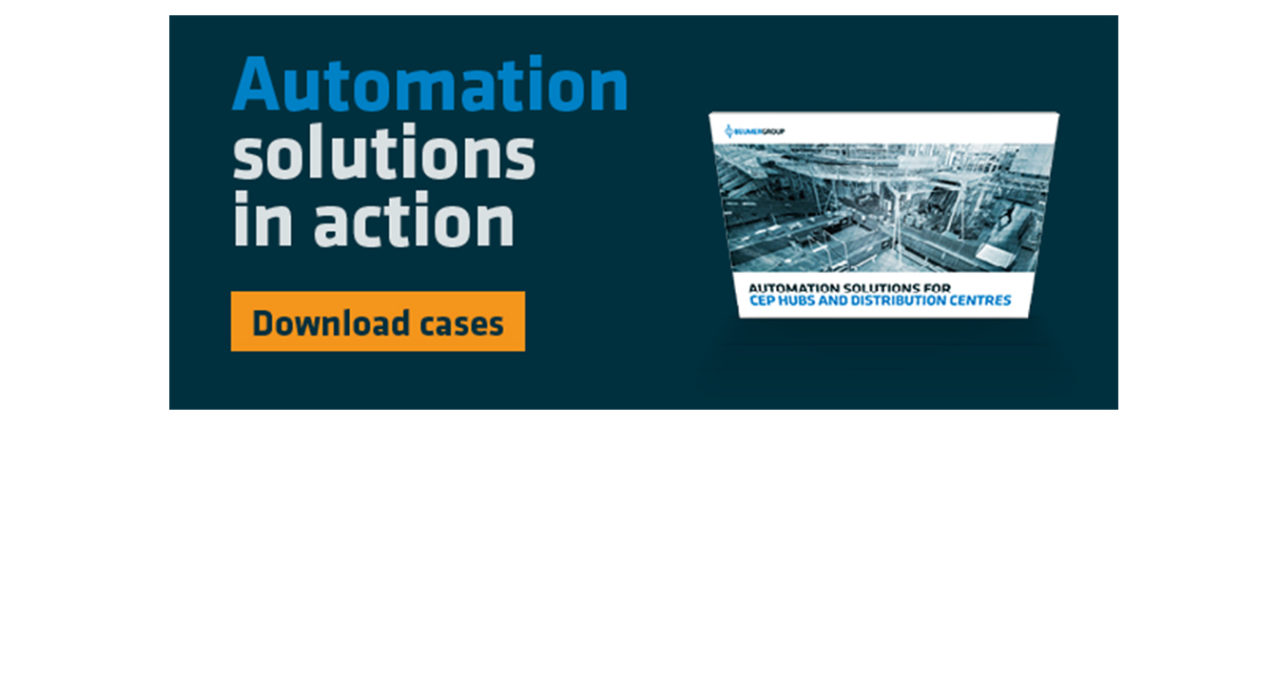Plan for phased implementation
Another way to reduce overcapacity is to plan for a staged installation. Your system can grow as your throughput grows, making staged implementation more financially sound than an implement-once design. It’s a flexible approach in which knowledge and experience gathered along the way can assist determinations of capacity.
An implementation phase in sortation systems typically covers a 5 year period. However, there’s nothing stopping a hub from revisiting the period as required. A hub’s better-than-expected growth rate may, for example, require an installation that was planned over three phases to be fast-forwarded to two phases.
Read more: “Automated parcel sorting – an introductory guide.”
Take, for example, a courier, express, parcel (CEP) operator who forecasts a 20-30% increase in throughput over the next 5-10 years. This operator could be looking to install a sortation system that can handle 40,000 items per hour to deal with this projected growth. But at the time of installation, the operator’s peak period is limited to 1-2 months of the year. Operating a system capable of handling that volume would see just 30% of the capacity utilised for the rest of the year, making this substantial investment risky. An alternative and agile option is to install a system that handles half that volume during its first phase. Review phase one, implement phase two and so on; the ‘stretch and grow’ approach.
Redesign your system
If you already have an installation in place, there are other solutions that can help you mitigate overcapacity. Through the redesign and optimisation of your processes you can reduce your CEP distribution centre’s downtime.
Try limiting your induction areas, for example. You can rearrange your operations during slower periods by concentrating the inbound goods to a smaller number of your doors or gates. Then you can handle the inbound parcels on just one or a limited number of induction areas. This not only reduces the need for more operators but also provides an opportunity to carry out maintenance.
Or consider deploying buffer chutes. These can buffer the number of parcels dedicated to one route which will reduce the need for manual separation of parcels at the end of each chute.


















